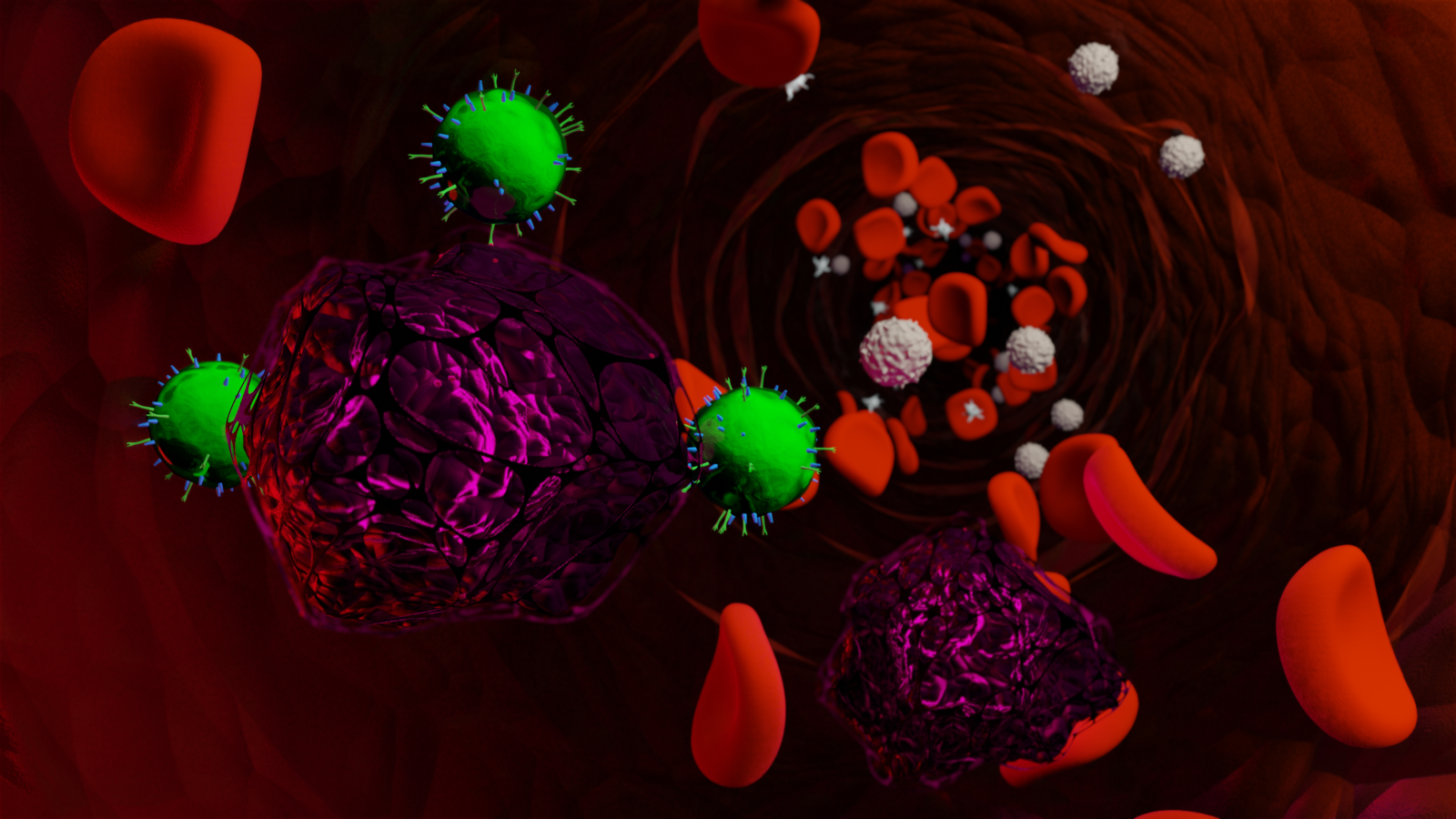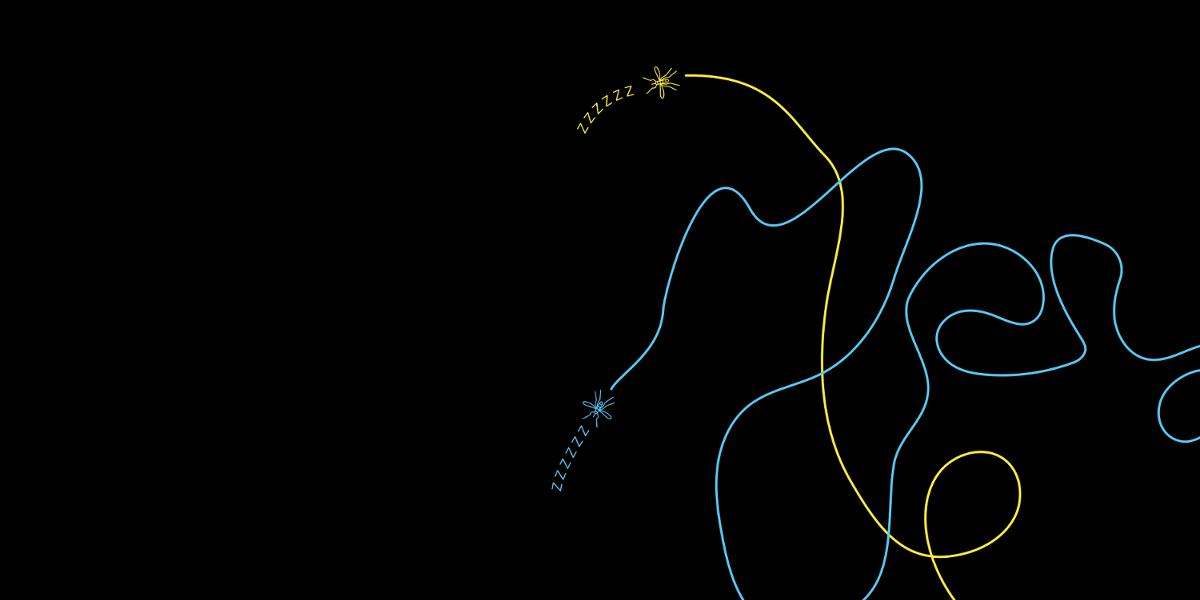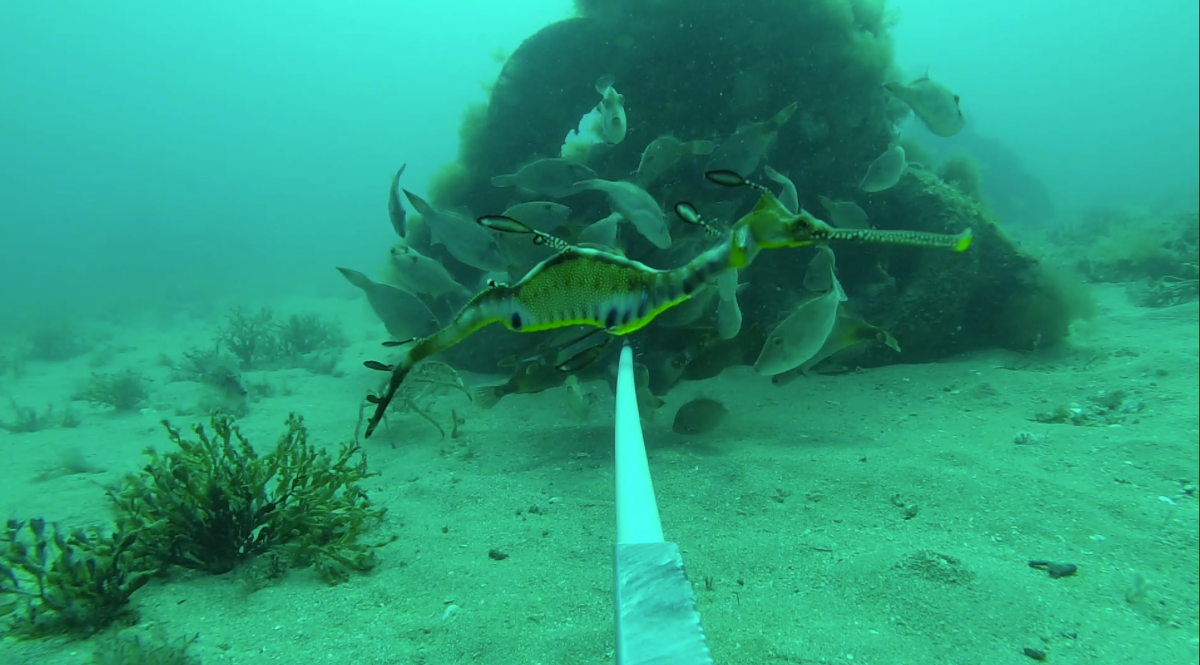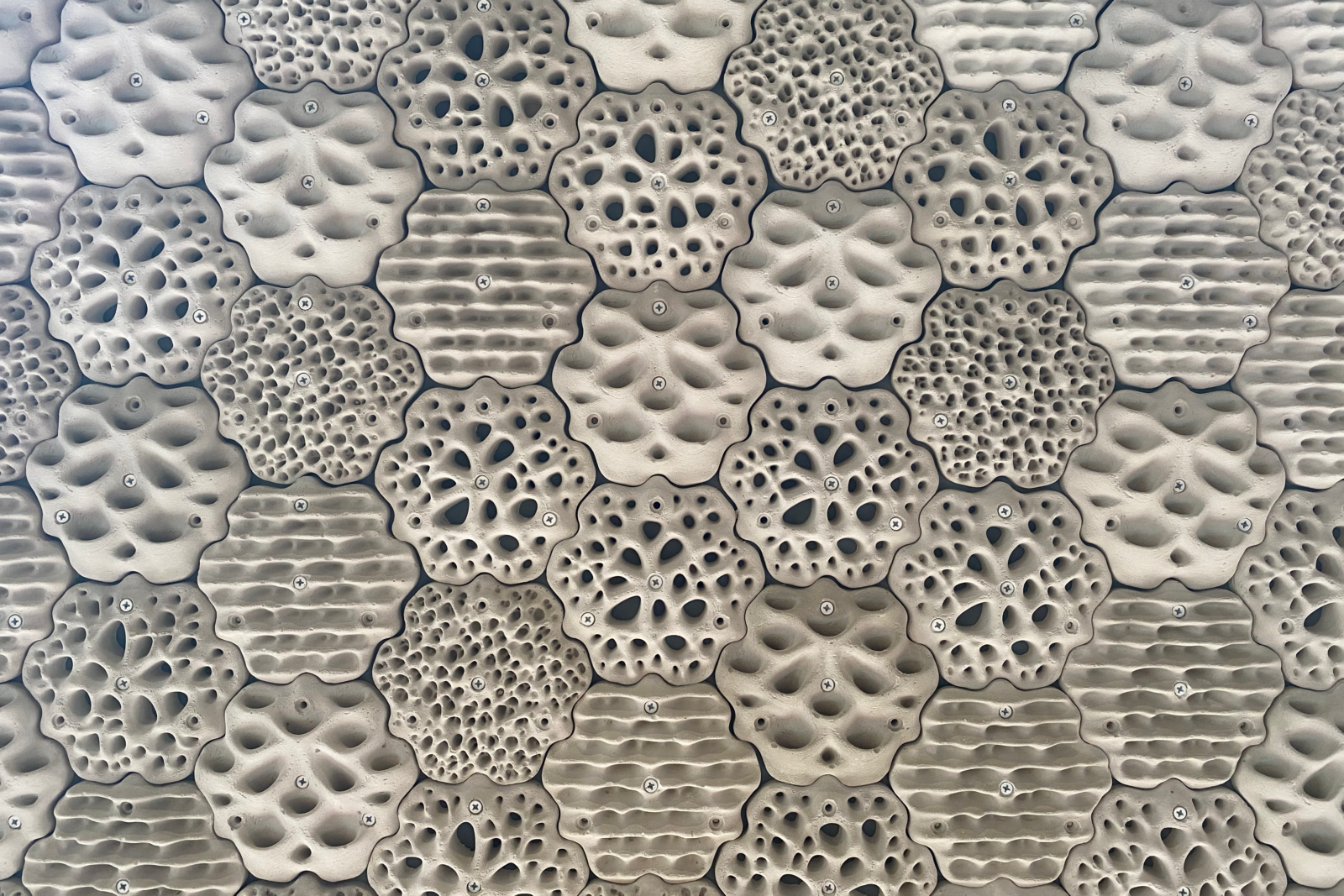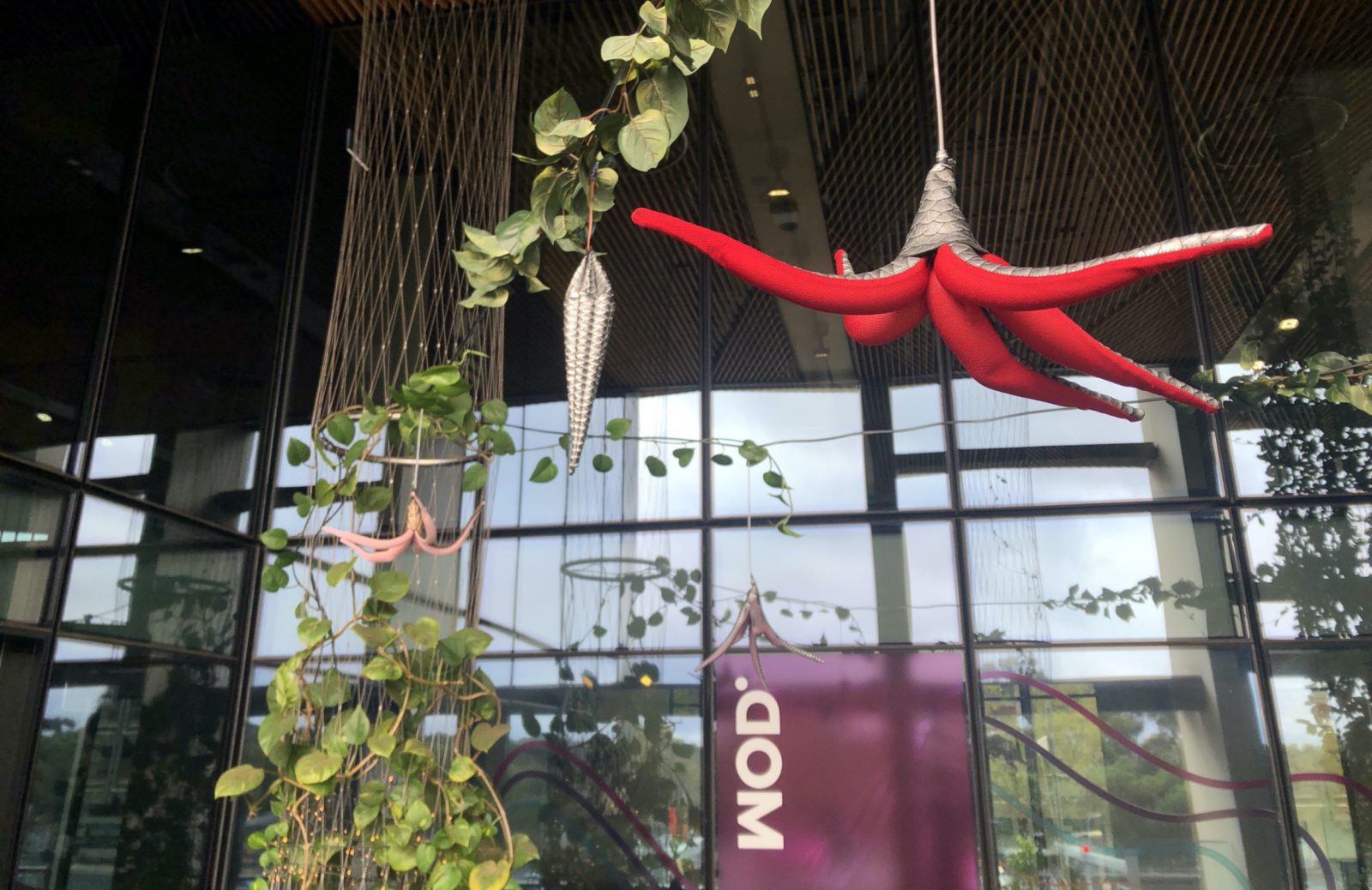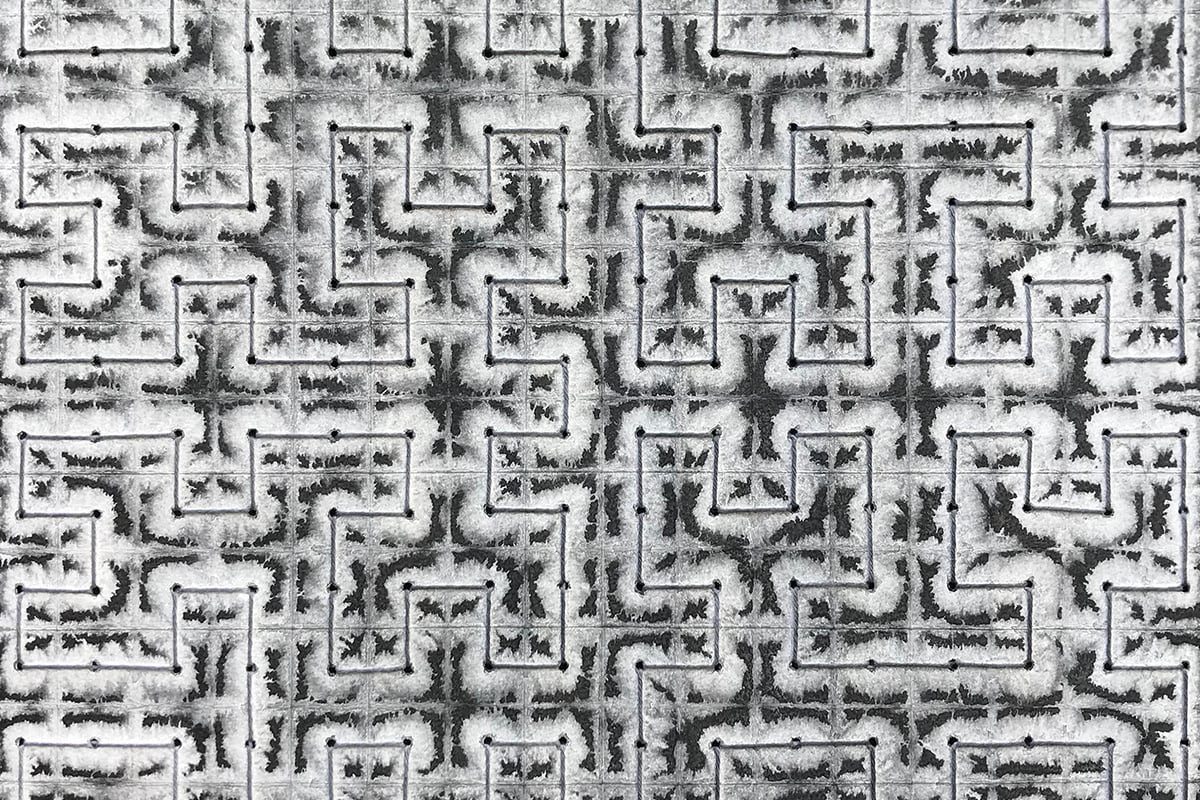Are you trying to better understand relationships?
Make it a career with UniSA
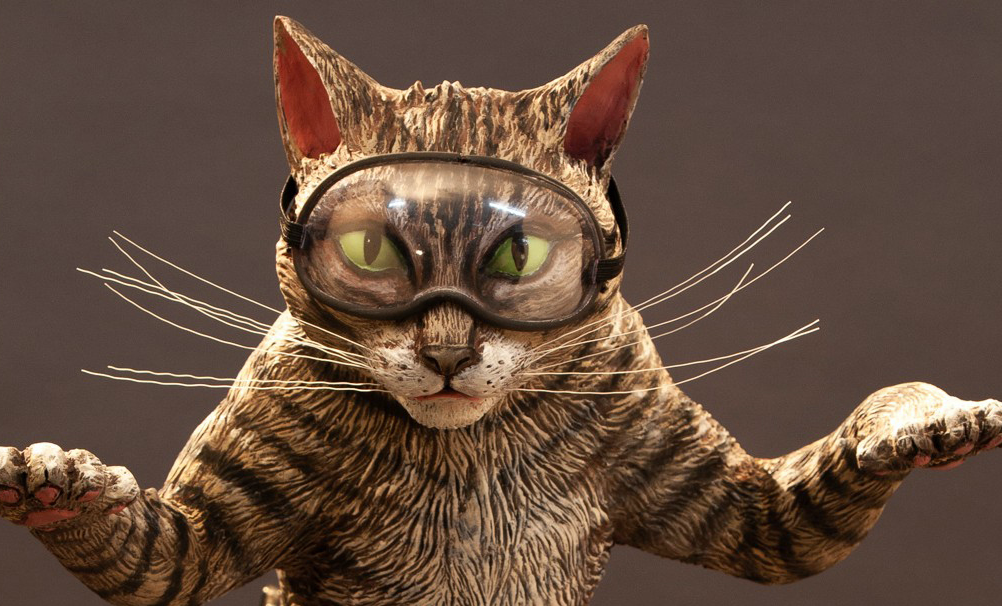
Exhibit Details
Open FebNov 2021
Ground LevelFoyer
- The Brief
- Let's Complicate Things
Problems in a complex system can be tricky to solve. The more moving parts there are, the harder it is to keep track of what’s going on.
We might mean well but our solutions can have unintended outcomes. Like trying to wipe out malaria but ending up with parachuting cats.
Delve Deeper
Operation Cat Drop is an example of how tipping points in populations of pests and predators can have sudden large impacts on complex systems. An increase in favourable conditions for rats, that allows disease to flourish, represents a dramatic change in the state of a system and demonstrates how nonlinear processes are important in the dynamics of pest outbreaks.
In the 1950’s, people in Borneo suffered a malarial outbreak so the World Health Organisation (WHO) sprayed DDT to kill the malaria-carrying mosquitoes. The mosquitoes were killed but the DDT also killed wasps, geckos and cats, leading to a rat population explosion, along with outbreaks of typhus and plague. To cope with these problems, the WHO parachuted live cats into Borneo. This was Operation Cat Drop.
Read how criticality relates here.
“Simple causal reasoning about a feedback system is difficult because the first system influences the second and second system influences the first, leading to a circular argument. This makes reasoning based upon cause and effect tricky, and it is necessary to analyze the system as a whole.”
— Karl Johan Åström and Richard M. Murray, Feedback Systems: An Introduction for Scientists and Engineers
Food webs
The below example of a food web of grasshopper species hints at the complexity of one particular ecosystem. Each node represents a single species or a set of closely related species. The yellow represents grasshoppers, blue represents birds, tan represents mammals, purple represents pathogens, pink represents insects, nematodes, and spiders (parasites, parasitoids, and predators), red represents hyperparasites, and green represents plants. Grey nodes represent non-living material including leaf litter, dung, and dead arthropods.
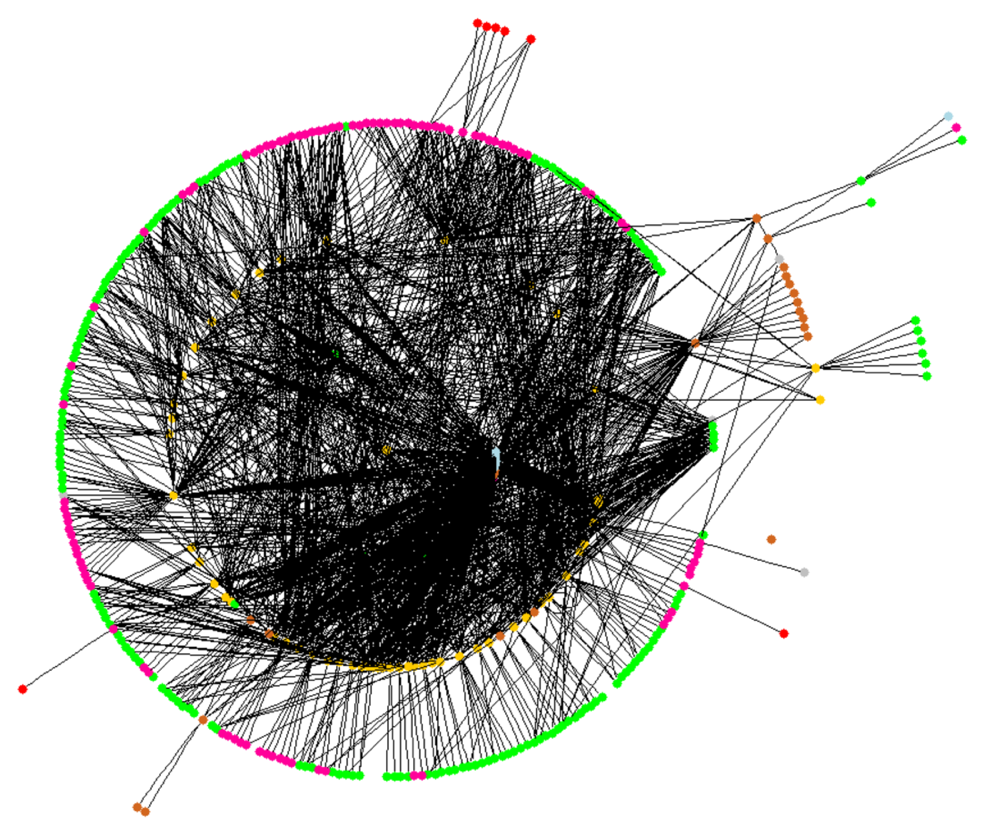
Malaria control in Malaysia today
Today there is a new malarial threat with the increasing number of infections of so-called Monkey Malaria, which is a particular strain carried by macaque monkeys. This ‘monkey-malaria’ now accounts for 69% of malaria infections in Malaysia.
It’s another example of interconnectedness, with areas that have experienced the largest deforestation strongly correlated to the number of people infected. The theory is that deforestation reduces the habitat of the macaque population and forces the monkeys to live closer to humans, thus increasing the chance of humans getting infected.
To fight this problem, a large interdisciplinary research team has started The Monkey Bar Project. This project uses drones to create detailed maps, built up from hi-res aerial photos, “to monitor changes in the landscape like the clearing of forests for agriculture, where there is primary or secondary forest or plantations.”
The Monkey Bar Project has been using drones since 2013 to create these aerial maps. More recently though the team has turned to drones outfitted with infrared or thermal cameras to track the monkeys through the forest, hoping to have a rapid way of estimating how many monkeys are in a particular area “without having to wander around the jungle at night looking for them.”
Discover More:
Watch:
Read:
- This paper, published in the American Journal of Public Health, explores the Operation Cat Drop in detail.
Listen:
Credits
- ANIFEX Build
- George Rex Comic illustration
- Walls That Talk Vinyl graphic design

